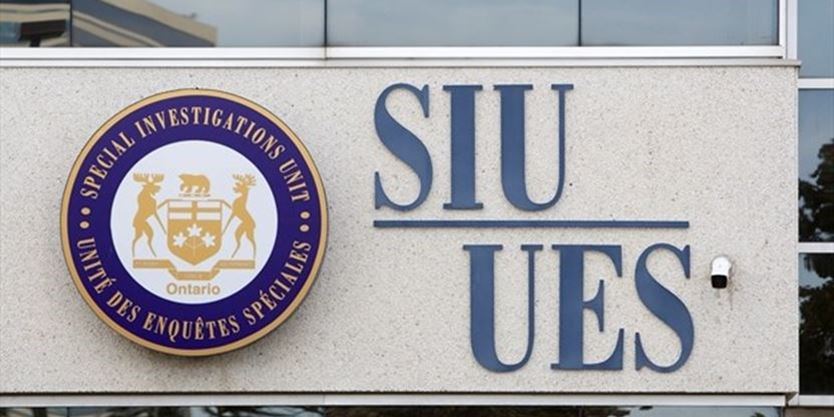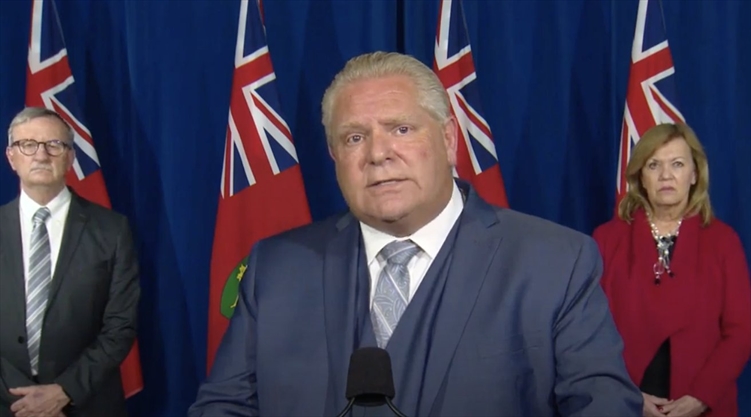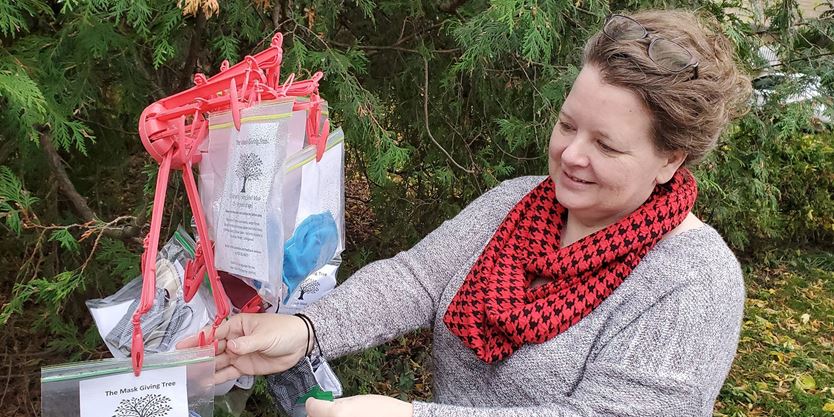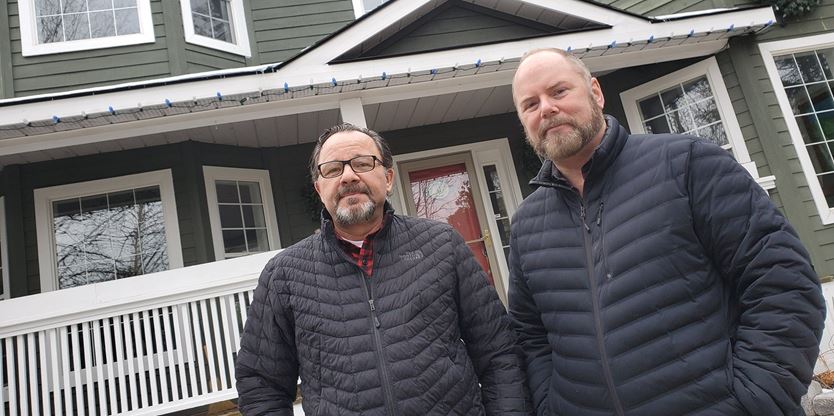Heather Scoffield: The central bank has its pandemic ‘beacon’ for the economy. Where is Chrystia Freeland’s?
Tiff Macklem calls it his “beacon.”
As the new governor of the Bank of Canada gets his feet wet amidst the greatest economic crisis of our times, he says he has one thing in mind at all times in order to keep his policy grounded: the inflation target.
Having a guiding light that shines through the fog of crisis and prevents decision-makers from losing sight of their destination is crucial, especially as the economy drags on and on.

For the central bank, it means pulling out all the stops right now to keep financial markets healthy, to keep the money flowing, and to eventually nudge economic activity back to its normal self as pandemic restrictions allow. And then reining it back in as soon as the economy — and inflation — show entrenched signs of inching up.
But a sustainable recovery for the Canadian economy requires the Bank of Canada to work in parallel with fiscal policy officials and the Department of Finance, which can use its massive spending power to target help to those who need it most.
It, however, doesn’t have a beacon. And that’s a problem if we have any hope of maintaining the confidence of investors, job-creators and job-seekers, and making sure the recovery plan sticks.
In an interview with the Star this week, Macklem was eager to talk a lot about how inflation targeting will ensure the hundreds of billions of dollars the central bank has pushed into financial markets over the past few months won’t morph irresponsibly into hyperinflation or something that would undermine the stability of the Canadian economy over the longer term.
When asked about the need for a beacon in fiscal policy, he was more cryptic, as central bankers are. But his point was clear — and critical.
“It is important to have a view of some sort of a plan on which you operate against. We’re very conscious of the fact that that scenario is very conditional on the evolution of the virus itself,” Macklem said.
In other words, so many things are uncertain when it comes to how the virus will affect the economy and our ability to recover. But with the inflation target as his guide, the constant factor is the commitment to maintain robust support for the economy for as long as it is underperforming.
Inflation right now is rock bottom and is expected to stay there for the long haul. When it picks up, along with growth, the bank will scale back its support.
That’s the plan, and it has long been the plan for the bank, giving confidence to the public that even in the midst of an unruly second wave, there will be responsible monetary policy.
But the fiscal picture is not as clear. Successive federal finance ministers — first Bill Morneau and now — have leaned on the commitment to do “whatever it takes” to get Canadians through the pandemic.
So far, that’s meant putting about $325 billion into health and safety, direct support for businesses and individuals, and liquidity measures, according to the most recent tally in mid-August.
On top of that, there’s an expanded and more generous Employment Insurance system that just started, and plans in the works for training, job creation, extending the wage subsidy, a new rent subsidy and untold stimulus programs.
Freeland has been consulting widely about reinstating some kind of fiscal “anchor” that would force discipline in spending over the medium term and give the finance minister some criteria around when to say yes or no to new initiatives.
Ottawa used to have a goal of keeping the debt burden — debt as a proportion of GDP — on a steady, downward track, but that guide was barely heeded at the best of times and had to be abandoned with the pandemic.
It’s now been almost 17 months since we last had a federal budget, and the government’s sporadic spending updates and summer fiscal “snapshot” didn’t restore any kind of firm guidance for spending.
Freeland and have promised to be responsible and to lay out some kind of fiscal mini-budget later this fall. But we’re not sure yet what “responsible” means. And in the meantime, every cabinet minister is armed with two or three sentences from the throne speech, taking the words as a green light to forge ahead with their own agendas.
It’s time to prioritize for the medium term, starting with establishing what kind of fixed point the fiscal ship is pointed toward — not just in spite of the uncertainty, but because of it.
As Macklem said: “It is important, when faced with a crisis, to step beyond your normal way of working and really embrace the possibility that you’re going to have to do things differently. You’re going to have to do things that you’ve never done before.”
Heather Scoffield is the Star’s Ottawa bureau chief and an economics columnist. Follow her on Twitter:




















